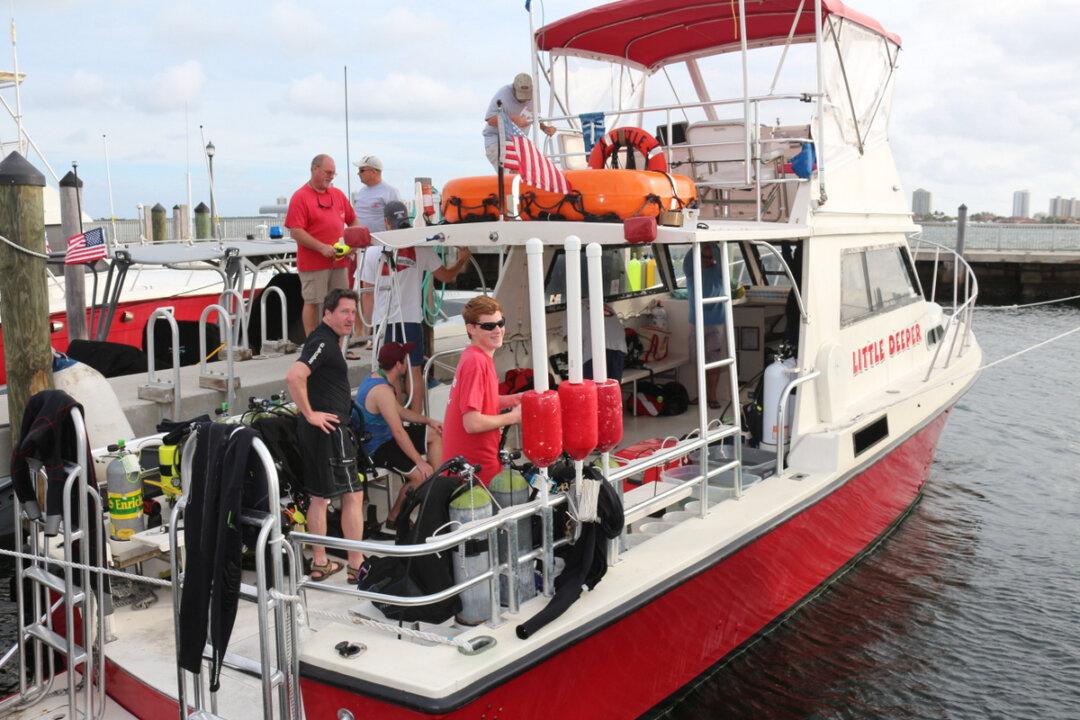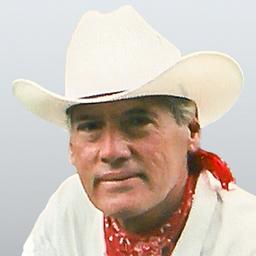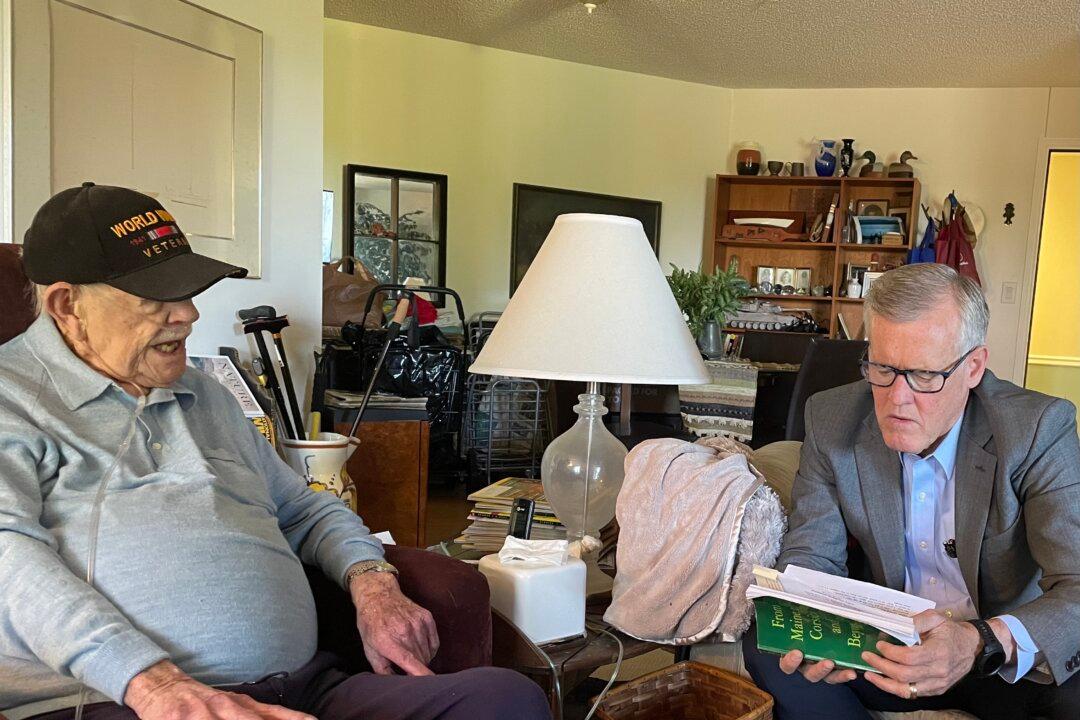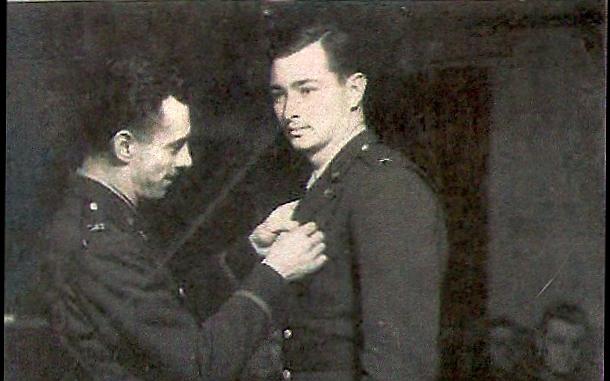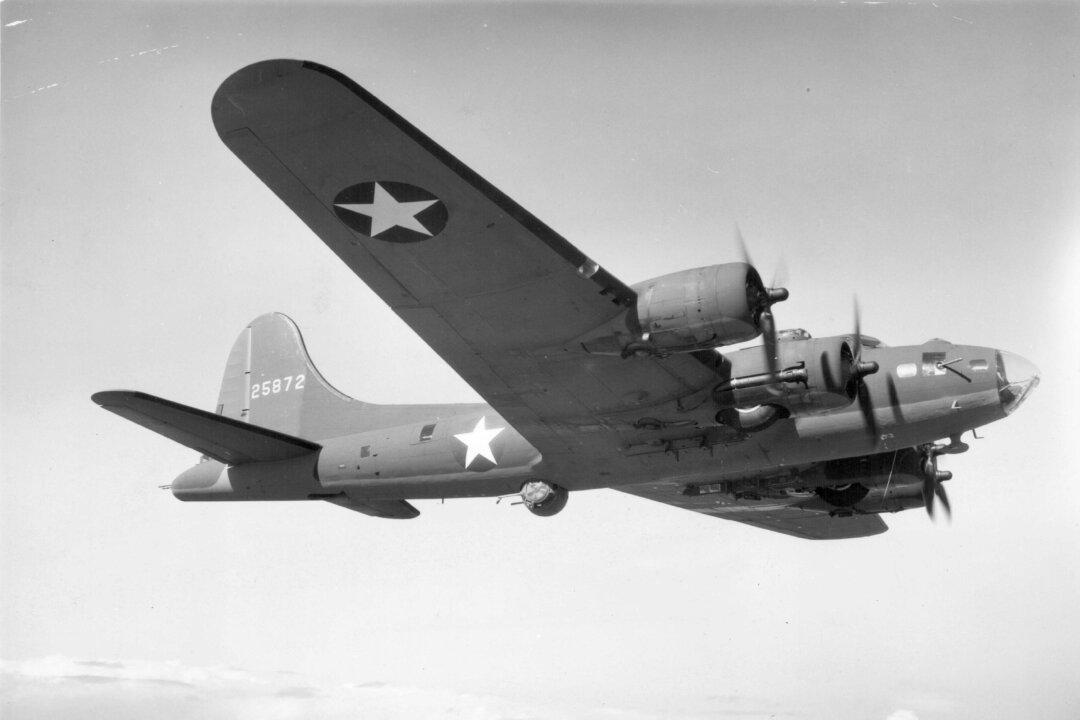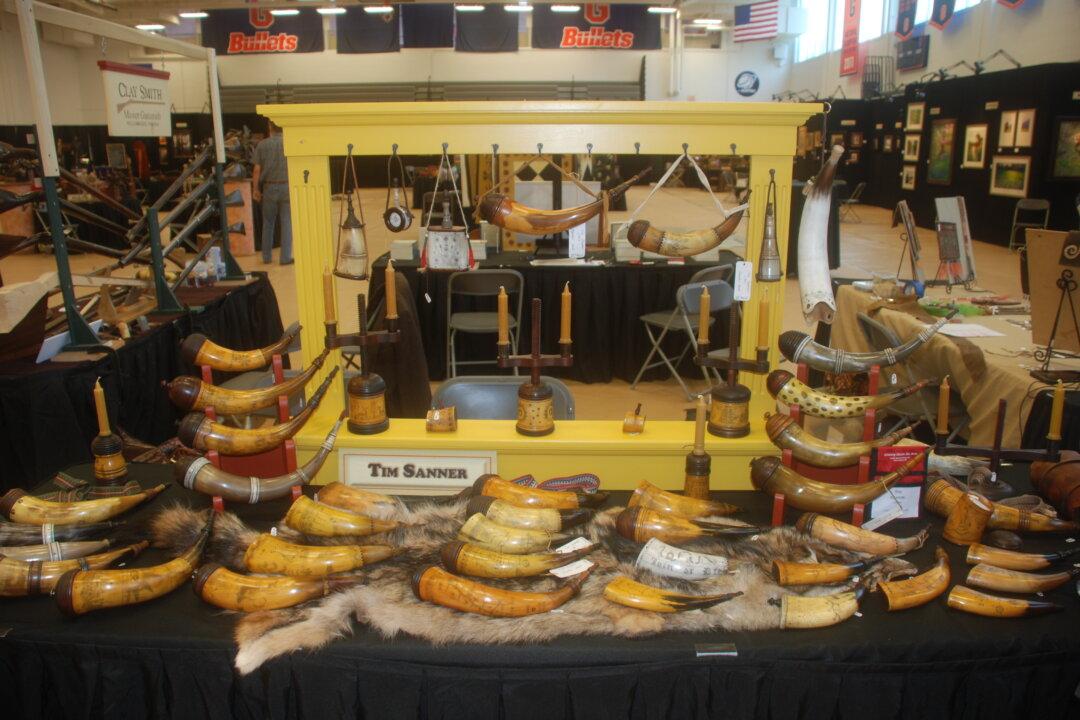Little Deeper dive charters is a family operation in every sense. Captain David Brown and his wife Lynn operate a dive boat out of the Lake Park Marina. David, a former U.S. Coastguardsman, and his family are all avid divers. It was natural that when he left the world of construction and engineering, after his military service, he would look toward the ocean for his new vocation.
David bought a dive boat in Boynton Beach, Florida. It required a lot of repairs. Eventually he had to replace both motors. After a slow start a couple of years ago the Brown family got Little Deeper ship shape and operational as one of south Florida’s premiere dive vessels.
“We came up here to Lake Park. It is a beautiful marina with grass, picnic tables, clean and well serviced showers and bathrooms,” David said.
“We were about the first dive boat operating out of Lake Park. All the others saw the advantages of the marina and joined us,” Lynn added with a laugh.
Son Jason is also a captain and diver. Their grandson Allan is an avid diver. Al takes a trident hand spear below on most dives to help rid the offshore reefs of lionfish. The invasive species has wiped out many reef fish with its voracious appetite. Lionfish are indigenous to the Pacific and Indian Oceans and have likely arrived in South Florida’s Atlantic waters as the result of aquarists dumping unwanted fish into the ocean.
“Are you going to fillet all of those?” A diver asked Al as he insured that the venomous spines were all properly cut off the fish before placing them into another catch bag upon surfacing from his dive. He would and did since the white meat of the lionfish is a delicacy. It is one way the family joins efforts of conservationists to try to reverse the population explosion of lionfish in the area.
Lynn checks divers in at a picnic table on the marina lawn. Jason and other members of the crew take a cart to the parking lot where divers’ gear is loaded and taken to the boat. It is a convenient way to drive in, have heavy equipment attended to then try to find a parking spot.
Lake Park city officials once had a free parking policy at the marina. That has changed as they got greedy. A parking machine requires the purchase of tickets to park there. Further away there is free public on-street parking if the lot is crowded as it can be on weekends and holidays.
Once aboard Little Deeper, David or Jason give a complete boat briefing. While many divers have been on the boat before it is always good to hear a review of safety equipment aboard and learn what the day on the ocean offers. It is a short run south under the Blue Heron Bridge to Palm Beach Inlet and out into the Atlantic Ocean.
There are many sites to dive off Palm Beach. Derelict ships have been sunk by the county as artificial reefs. These shipwrecks afford habitat for fish and attaching marine life. On a clear day underwater, when visibility is a hundred feet and more, the shipwrecks stand out as veritable bastions of life. Sharks prowl the depths and Goliath groupers abound. Reef fish dart in and out and the ancient ships have hulls festooned with colorful corals and sponges.
When we first descended, following Jason and his son Al below, a bull shark was cruising past one of the sunken ships. Unlike the concept put forth by films like ‘Jaws,’ most sharks are shy underwater. They usually flee in the presence of divers making it difficult to get close to them to take a picture. Nearby a small nurse shark seemed nonplussed by our presence. It swam in and around the shipwrecks letting underwater photographers approach to take its picture.
There are four shipwrecks grouped in the area. Jason took a reel with a reef hook below. Since the Gulf Stream meanders in just offshore, divers do what is called a drift dive. The line has a float with a dive flag attached to it on the surface. The captain gets on site and divers jump in. David’s booming voice instructs them to: Dive, Dive, Dive from the bridge of Little Deeper.
Divers remain with Jason and the flag. They can go in their own buddy teams with another flag or with a ’sausage.' If they get separated from the group, dally to take pictures or wish to go on their own they come back to the surface and inflate their safety sausage, which is eye catching neon orange, so the captain can pick them up.
We visited all four of the shipwrecks and swam away from the hulls to rubble piles nearby. These concrete and rock structures have also been placed on the bottom by the Palm Beach County artificial reef project. The structures provide habitat for juveniles as well as spawning areas for fish and crustaceans. They are substrate for corals and sponges as well.
Jason hooked the flag line into a plate of steel of one of the shipwrecks. The small nurse shark was swimming around them. Likely it was attracted to Al’s bag of lionfish. He wasn’t about to part with any of the delicacies he intended to prepare for dinner. The small nurse shark learned that divers spear lionfish and often leave them on the reef for it to devour.
This was fun. Divers and underwater photographers formed a circle to watch the nurse shark swimming around them. Cameras captured the action as the small shark cavorted among them checking each out in turn. We watched the antics until it was time to surface along the flag line, do a safety stop and return to the surface to be picked up by the dive boat.
Back on board divers had their stories to tell. Al took fresh sliced orange from the ice chest and passed it around. Jason briefed us on the second dive. It was to be on Nunn’s Reef. The first dive was at 90 feet, the second was to be at about 80 feet. Therefore an hour surface interval was taken between the dives.
Nunn’s Reef has a low ledge that gives off westward into the sand. There are coral heads and niches everywhere that offer the chance to observe reef life. The northward flowing Gulf Stream current was slight. I took pictures of Al spearing lionfish. He used medical shears to cut off the venomous spines then popped them in his catch bag.
A loggerhead turtle swam by. I took its photo and watched as it swam peacefully along the reef. The waters off South Florida beaches are popular mating grounds for marine turtles. They begin to arrive offshore in December, mate throughout the winter months, then females swim ashore, dig holes in the sand and deposit their eggs on the beaches.
Marine turtles are endangered species. It is sheer folly that Florida allows beach renourishment projects to disrupt turtle activity. The dredging is designed to replace sand on beaches eroded by ocean storms and wave action. Just as sand is taken away it is replaced by nature. Every year taxpayers foot the bill for these ill conceived beach renourishment projects.
After millions of tax money is wasted putting ocean sand back on beaches, it is removed again by storms. The silt caused by these projects covers offshore reefs. The noise, lights and constant dredging disrupts turtle behavior. Beaches become hazards to species that are already menaced with extinction.
It was heart warming to see this loggerhead turtle return to offshore waters, pose for a picture then swim off in search of a mate. The reef offered many opportunities to photograph moray eels and reef fish. The ocean was a warm 77 F and visibility was about 50 feet.
We surfaced, were picked up by Little Deeper, then motored back through the Palm Beach Inlet past the former U.S. Coast Guard station on Peanut Island. Back at the marina the crew offloaded our gear. We rinsed it, took hot showers and bid farewell to this family of divers that enjoy the underwater world as much as their guests.
For more information visit their website at www.littledeepercharters.com or call them at 561 436 5299.
